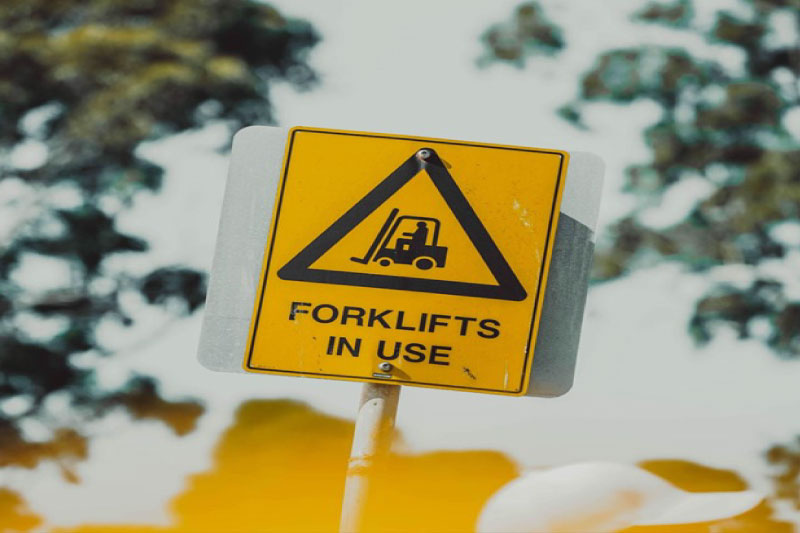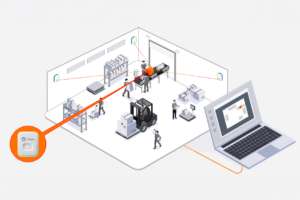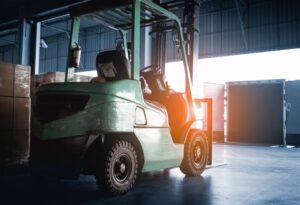In the dynamic environments of warehouses, construction sites, and manufacturing plants across the globe, forklifts and other powered industrial trucks are pivotal in daily operations. These indispensable vehicles efficiently move heavy loads and maintain the flow of goods. Yet, their essential role comes with a responsibility to address the risks of accidents in a thoughtful manner, as these can have repercussions for individuals and businesses.
Table of Contents
The Human Cost of Forklift Accidents
Forklift accidents are a major area of concern, with the Occupational Safety and Health Administration (OSHA) noting that in the United States alone, forklifts contribute to roughly 85 fatalities and 34,900 serious injuries each year. Encouragingly, OSHA also estimates that proper safety measures and training could potentially prevent 70 percent of these incidents, highlighting the effectiveness of preventive practices.
The aftermath of such incidents is profound, extending beyond physical injuries. Victims may face long-term disabilities, necessitating extensive medical treatments and potentially impacting their livelihood. There is also a considerable psychological impact on the victims and their families, which can affect their quality of life and financial security.
Importantly, the psychological effects are not limited to the victims alone. Forklift operators involved in forklift accidents often experience significant psychological distress. This can include feelings of guilt, anxiety, and trauma, especially in cases where their actions may have contributed to an incident. These psychological burdens can affect their ability to work effectively and safely in the future, underscoring the need for comprehensive support systems that address both the physical and mental well-being of all individuals involved in forklift incidents.
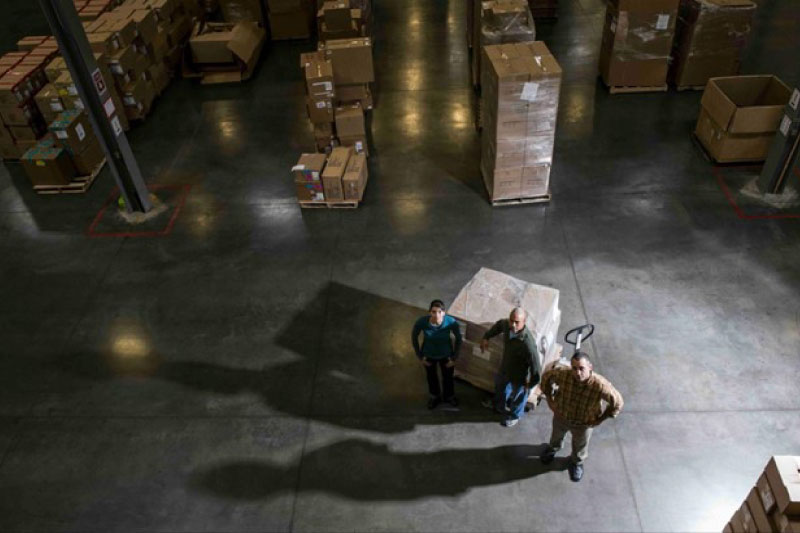
Impact on Businesses
For businesses, the implications of forklift accidents are multifaceted and substantial. Firstly, there are significant direct costs associated with injuries to personnel. The United States’ National Safety Council (NSC) estimates these costs at an average of $42,000 per medically consulted injury and $1.34 million per fatality. These figures include wage losses, medical expenses, administrative expenses, and employer costs, underlining the financial burden of work-related injuries and fatalities.
Additionally, the NSC notes that the cost per worker in 2021 was $1,080, which represents the value of goods or services that each worker must produce to offset the cost of work injuries. This illustrates the broader economic impact of forklift incidents, extending beyond the immediate costs to encompass the overall productivity losses incurred by businesses.
Businesses also need to manage immediate costs associated with halted production, damaged goods, and repairs to equipment. The overall economic impact goes beyond workers’ compensation insurance, reflecting the true cost to the nation, employers, and individuals of work-related injuries and fatalities.
Beyond these direct and productivity-related financial considerations, there are also indirect costs with which to reckon. These might encompass increased insurance premiums, possible OSHA fines, legal fees, and the expenses related to training new employees. Equally important is the potential impact on a company’s reputation, which can affect customer trust and business continuity.
Forklift Safety and Best Practices
The most effective approach to minimizing forklift accident risks involves comprehensive training for all operators and pedestrians. Certification requirements set by OSHA, and mirrored by many countries, emphasize the need for consistent training and strict safety adherence, contributing significantly to incident reduction. In addition to initial training, it is crucial to implement periodic evaluations of operators’ skills and knowledge, ideally at least once every three years. This ensures that operators stay current with safety practices and operational procedures.
Mandatory refresher training is also essential under certain circumstances, such as if an operator is involved in an accident or near-miss incident, if the operator is observed operating the vehicle in an unsafe manner, or if there are significant changes in the workplace that could affect safe operation. This also extends to pedestrians in these environments, ensuring they remain aware of safety practices and potential hazards.
Regular forklift maintenance is another cornerstone of accident mitigation. Routine inspections can catch mechanical issues that might lead to malfunctions, while a well-organized work environment with clear operation spaces, speed limits, and visible warning signs further enhances safety.
Technological solutions, such as collision detection systems, can serve as an extra layer of protection. These systems can detect the presence of people or obstacles and in some cases, automatically slow down or stop the forklift when a potential collision is detected.
Integrating Advanced Solutions for Forklift Safety
Responding to the critical need for enhanced safety measures in materials handling, companies such as Litum are leading the charge with forklift collision warning solutions. Utilizing ultra-wideband (UWB) technology, paired with advanced real-time location tracking, these systems offer a significant advantage over traditional “line of sight” safety solutions like cameras or LiDAR. UWB technology provides precise location data, enabling a proactive approach to forklift safety, especially in complex environments where visibility is limited.
These systems establish an invisible detection zone around the forklift, identifying pedestrians and other objects within close range, even in scenarios where direct line of sight is obstructed. This means the technology is capable of detecting potential hazards around corners, behind pallets, or other obstacles, where conventional solutions may fail. Upon detecting a potential collision threat, the system promptly alerts the forklift operator with visual and auditory signals, enabling swift action to effectively manage the situation. This early warning is crucial, providing operators with the vital extra, and potentially life-saving, reaction time.
Furthermore, the capabilities of Litum’s technology go beyond mere collision warning. It can be incorporated into broader safety management systems, offering insights through data analytics to refine the flow of traffic and enhance safety procedures within facilities. By analyzing patterns and frequencies of near-miss incidents, organizations can pinpoint specific areas in need of safety adjustments and make strategic decisions to improve worker protection.
Litum’s forklift safety solution is more than a tool for collision detection; it represents a significant stride toward nurturing a culture of safety awareness. It stands as a vigilant protector for the workforce and a strategic asset for management, supporting the progression toward safer, more efficient, and transparent industrial operations.
Looking Ahead
While forklift and industrial truck accidents continue to be a global concern, there is a mounting awareness of the critical nature of safety. International regulatory bodies, government agencies, and industry leaders are working to tighten regulations, improve training standards, and foster the development of safety technology.
For businesses, prioritizing forklift safety is a strategic move that transcends compliance. It’s about safeguarding employees and securing the company’s future. Cultivating a culture of safety is not just prudent; it’s a strategic investment in a company’s sustainable success.
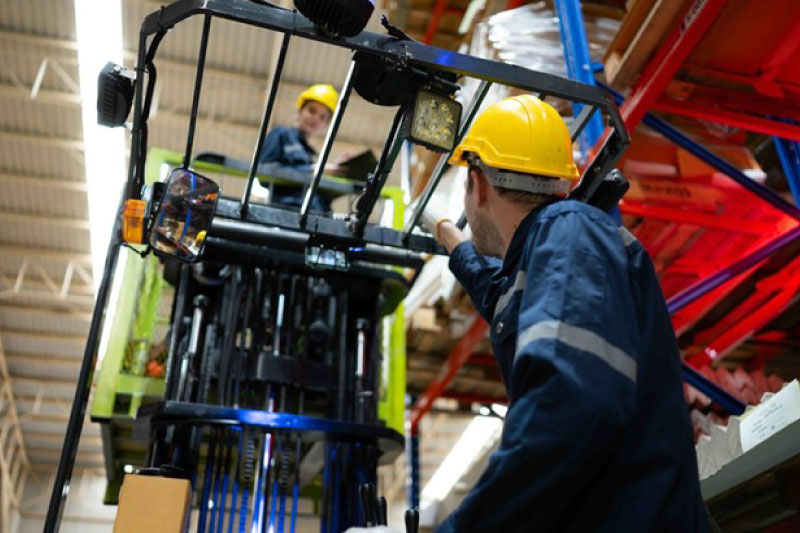
Final Thoughts
Forklift incidents impact more than just the immediate operation; they touch on the essential balance between efficiency and safety. As reliance on these vehicles continues, the industry’s proactive steps to mitigate accidents resonate as a commitment to sustainable and ethical business practices. Safety emerges not as an expense but as a fundamental right and a key pillar of successful business operations.
Interested in exploring the capabilities of RTLS for enhancing forklift operational safety? Reach out to us today to learn more about how our solutions can contribute to your safety goals.
